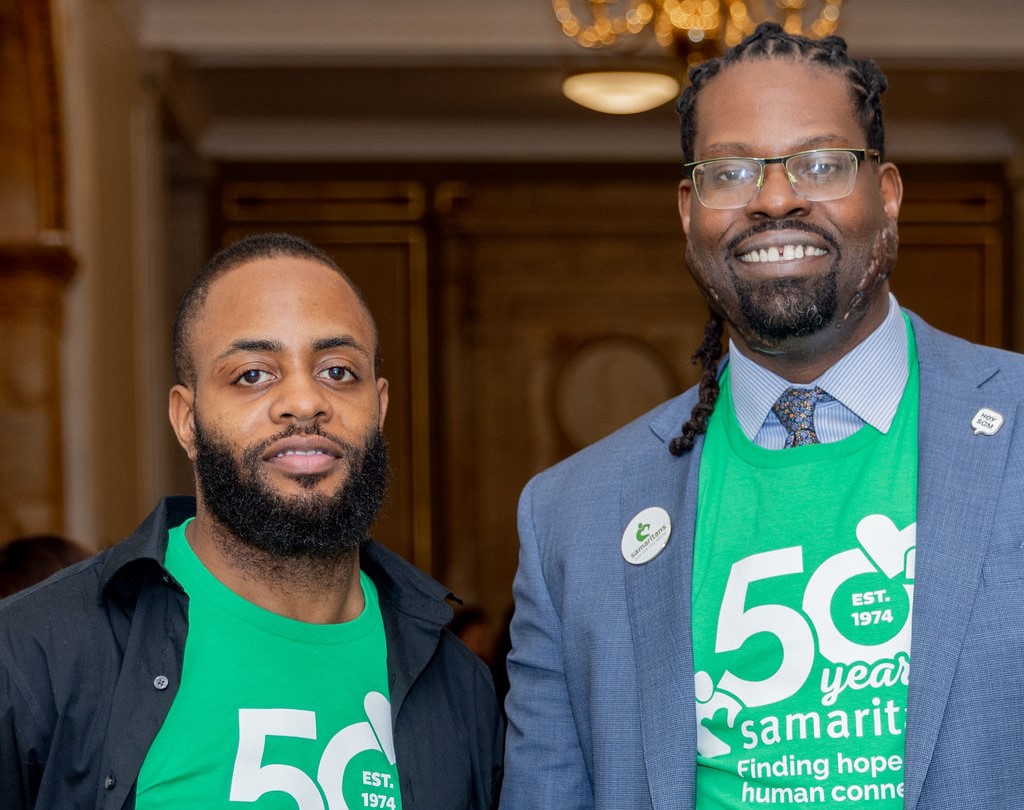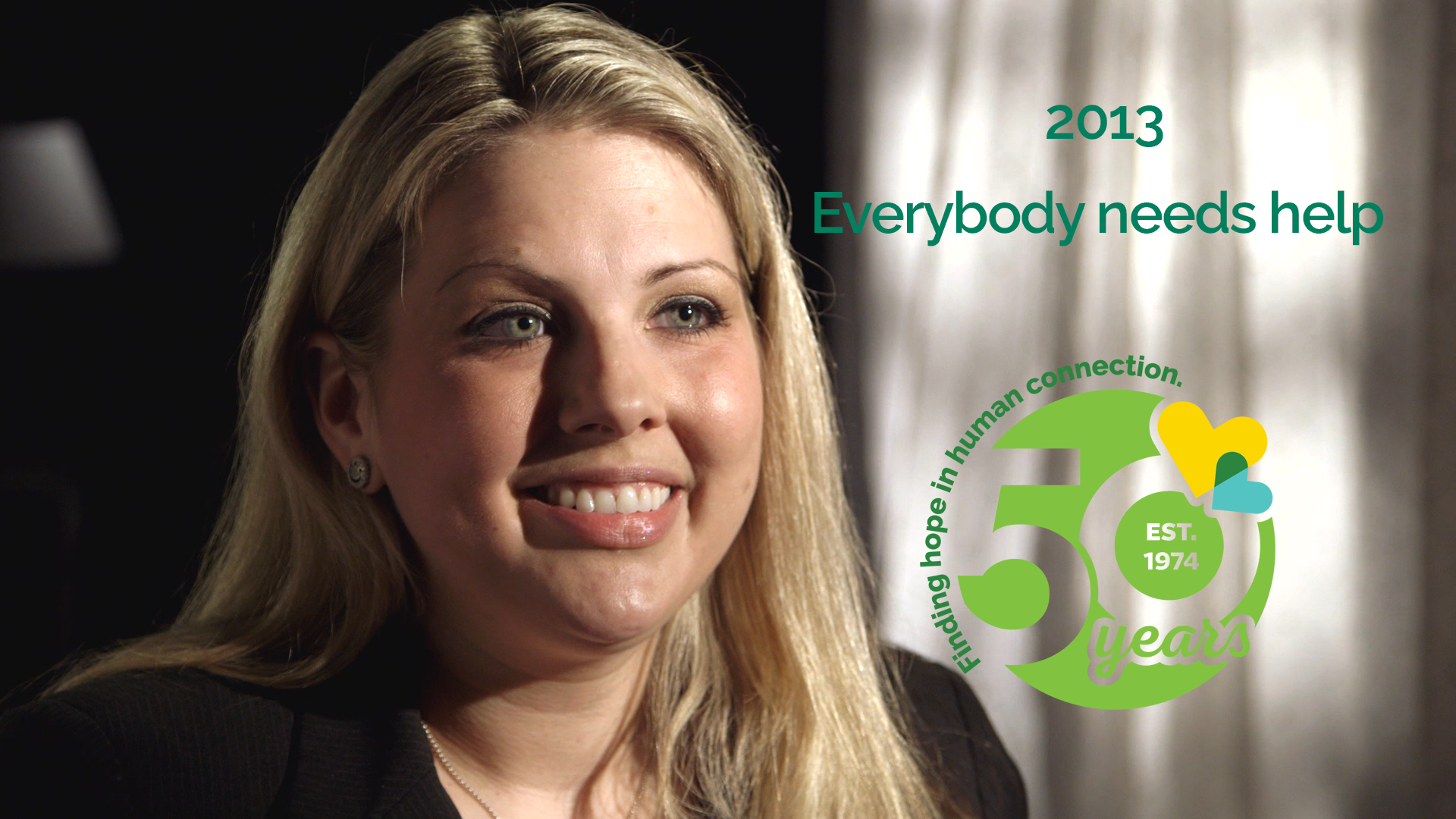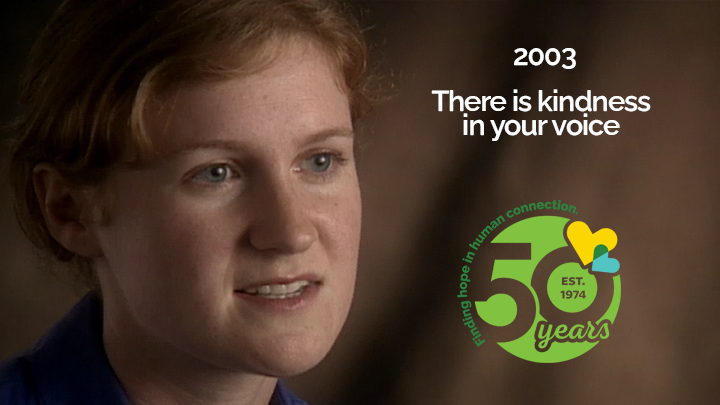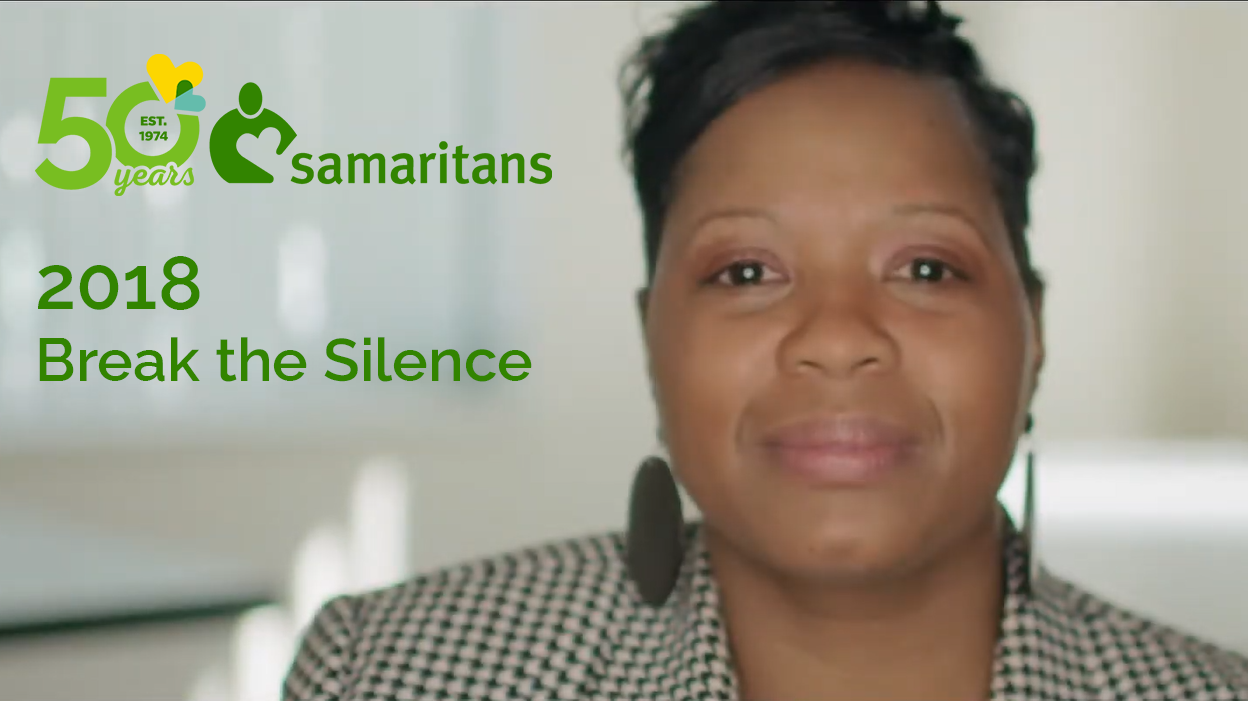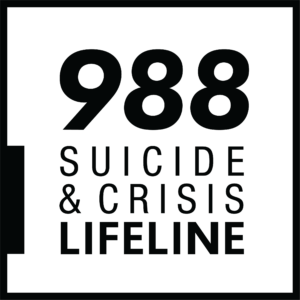Our amazing Grief Support Services volunteer facilitator Carly lost her sister Betsy to suicide, and now supports other loss survivors through our program.
These are peculiar and stressful times. In mid-March when the state of Massachusetts went into “shutdown,” there were lots of things to worry about. How was I going to stay healthy and keep my family healthy? How were we going to support our young kids in their remote learning and still effectively do our jobs? Was I going to keep my job? How were we going to get toilet paper and hand soap?
Yet, besides those more common worries, I remember feeling a heavy burden. I was sluggish in my limbs and lacked focus. I found myself procrastinating and daydreaming and crying within the span of a few minutes. After a few days of this, the realization hit me that I was grieving, again; grieving the loss of life from “before,” grieving the loss of innocence of our kids, grieving what was happening and fearing what was to come. That realization was helpful for me because it reminded me that I had experience with grief before and that I had endured some of the most difficult moments of it and come out the “other side.” I can do this, I thought, I just need to remember how. Samaritans is an integral part of that “how.”
My sister, Betsy, died from suicide in December of 2006, almost 14 years ago. In those intervening years, so much has changed in my life: new wife, children, new home, new jobs. And in those years, I have learned how to maintain and grow the relationship that I have with Betsy, even though she is no longer on this Earth. Samaritans has been instrumental in helping facilitate that relationship and crucial in helping me learn to grieve.
Grief after suicide is not linear. It is a swirling and whirling of emotions that dance together in cryptic and strange patterns. It can be overwhelming and deadening and maddening all at once and often it feels abnormal or unnatural. Living during a pandemic when we are unable to leave our houses can feel similar. When I arrived at my first SafePlace visit in February of 2007, I knew I needed help but I didn’t know what I needed. I can remember leaving that meeting feeling so tired because it felt like all the other sad stories of every other participant had been placed in a backpack that I had to shoulder. I already had my own grief – why on earth would I want or need to carry more?
What I didn’t understand is that backpack that I was trying to shoulder was filled with connection and compassion and empathy. It was a reminder that I was not alone; that I would not be alone. These people, whom I had just met, had a connection to me and my story and cared for me in my grief. Their presence and their stories were a gift. In fact, they were key to getting through the grief.
It took me a long time to come to those realizations. In fact, it wasn’t until I was back at Samaritans years later, attending SafePlace meetings and eventually becoming a facilitator that I realized what I got out of it and how it helped me on my journey. This is what I was reminded of in mid-March when the lockdown started and I observed my own grief.
Again, I was needing connection: physical, temporal, emotional, to remind me that I was not alone in this frightening state of being. This is what Samaritans taught me during that earlier round of grief about my sister. So, I sought out this connection with friends and family online but also through helping with Grief Support Services. Since the pandemic began, I have had the opportunity to connect with other survivors through our virtual Survivor-to-Survivor visits, meetings of other volunteers, and by sending cards. All of this has been crucial helping me to endure this time. I am grateful for Samaritans and all those who share “You are not alone.”
